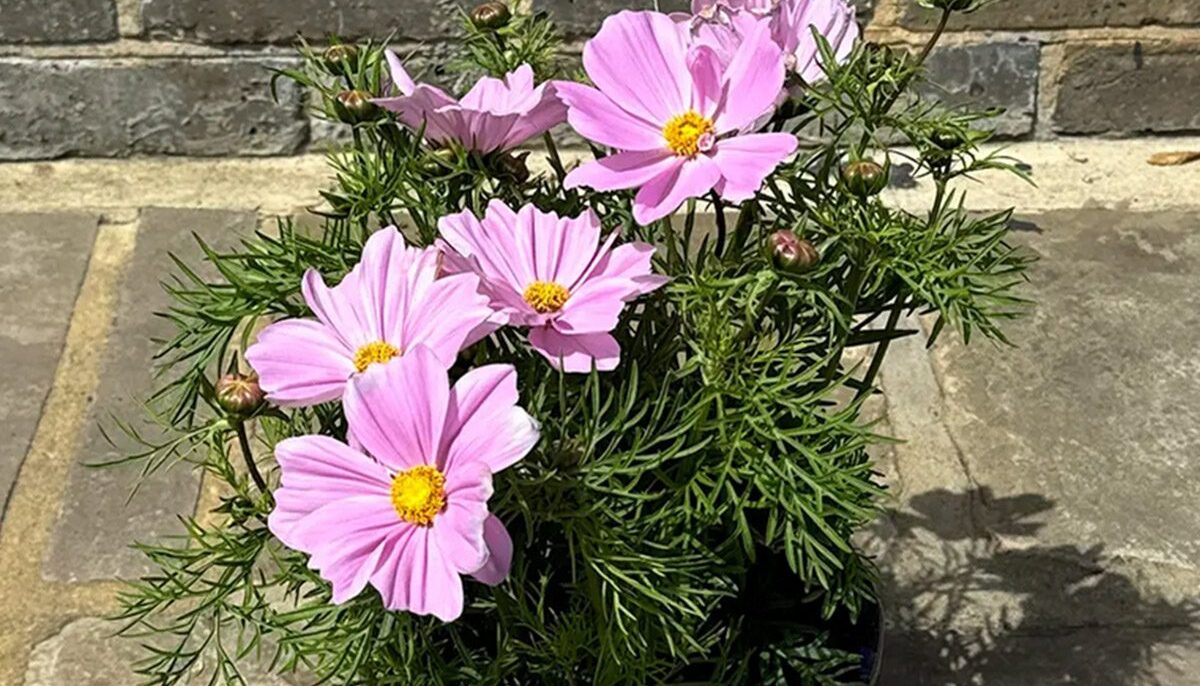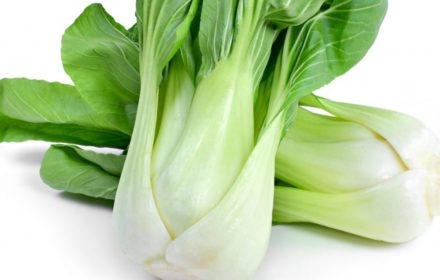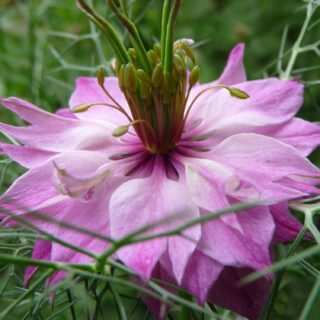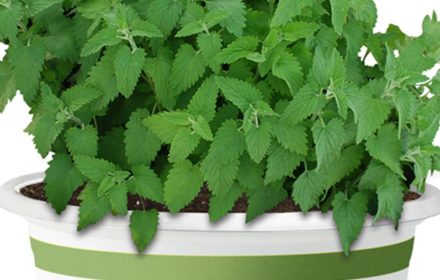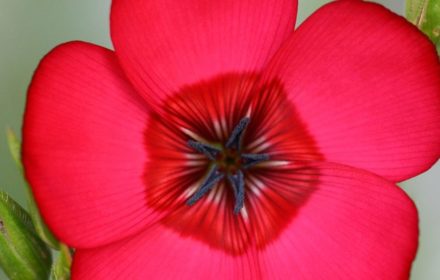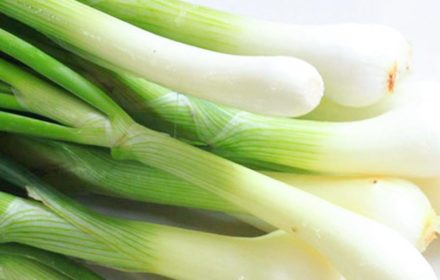How to Sow Pastel Pink Blush Cosmos Flowers from Seeds in the UK
Cosmos bipinnatus is known for its stunning blooms and lush green fern foliage. The pastel shaded petals are a favourite among UK gardeners. Known for its ability to thrive in various conditions, presenting itself as a centre piece in floral displays. These flowers are not only visually appealing but are also incredibly easy to grow, making them an ideal choice for both novice and experienced gardeners. Whether you’re looking to create a cottage garden vibe or simply want to brighten up your borders, Pink Cosmos Seeds are an excellent option. Below, you’ll find a comprehensive guide on how to sow and grow Pastel Pink Blush Cosmos seeds in the UK. By following these guidelines, you can successfully grow Pastel Pink Blush Cosmos, ensuring a vibrant display of delicate pink blooms throughout the summer. Whether you’re growing them in borders, beds, or containers, these flowers will add a soft, pastel touch to your outdoor or indoor space while being easy to care for and maintain.
Where to Plant & Grow Pink Cosmos Seeds
- Sowing Indoors: For an early start, sow seeds indoors 4-6 weeks before the last expected frost. In the UK, this typically means sowing seeds in March or early April. Start seeds in seed trays or pots filled with a quality seed compost. If conditions can be simulated in a propagator, seeds can be started at any time providing ideal conditions are met.
- Sowing Outdoors: If you prefer to sow directly into the garden, wait until all danger of frost has passed, usually around late May. Direct sowing can continue until early June for a summer display.
Cosmos Germination Soil Preparation and Location
- Ideal Soil: Cosmos thrive in well-drained, moderately fertile soil. While they are not fussy about soil pH, a slightly acidic to neutral range (6.0 to 7.5) is optimal for growth.
- Best Location: Choose a sunny spot in your garden where the plants can receive at least 6-8 hours of direct sunlight daily. Cosmos are tolerant of poor soil and can even thrive in slightly sandy or gravelly soils, making them versatile for different garden conditions.
- Sowing Depth: Sow seeds at a depth of about 3mm (1/8 inch) and lightly cover them with fine soil. Avoid burying the seeds too deep, as they need some light to germinate.
- Germination Temperature: Maintain a soil temperature of 18-21°C (64-70°F) to encourage quick germination, which typically occurs within 7-14 days.
- Thinning and Spacing: Once seedlings are about 5cm tall, thin them out to ensure proper air circulation and growth. Aim to space the plants 30-45cm apart, depending on the variety, to allow for their bushy growth habit.
Caring for Pastel Pink Cosmos Seedlings and Plants
- Watering: Cosmos are drought-tolerant once established, requiring minimal watering. During the early stages, keep the soil moist but not waterlogged. Overwatering can lead to weak stems and reduced flowering.
- Feeding: These plants are low-maintenance and generally do not require much fertilization. However, a light application of a balanced fertilizer during the growing season can boost flower production. Avoid high-nitrogen fertilizers, as they can promote excessive foliage growth at the expense of flowers.
- Support: Since Cosmos can grow tall (up to 120cm), consider staking the plants or growing them against a fence or wall to prevent them from being blown over by strong winds.
Blooming and Deadheading Cosmos Plants for Displays
- Flowering Time: Expect blooms from mid-summer to early autumn, with each plant producing multiple flowers. Regularly deadhead spent blooms to encourage continuous flowering throughout the season.
- Cut Flowers: Cosmos are excellent for cut flowers, and removing the flowers for indoor arrangements can also stimulate more blooms on the plant.
- Longevity: Pink Cosmos Flowers can last up to a few weeks after being cut, this makes them ideal for bouquets and flower arrangement.
Common Pests and Problems During Winter Care and Overwintering
- Pests: Cosmos are relatively pest-free, but young plants can occasionally be targeted by slugs and snails. Use organic slug pellets or copper tape to protect your seedlings.
- Diseases: Cosmos are generally resistant to most diseases, but be cautious of powdery mildew, especially in humid conditions. Ensure good air circulation around the plants to prevent this.
- Annual Life Cycle: In the UK, Cosmos are typically grown as annuals and will not survive considerable frost. However, they can self-seed if the seeds are allowed to drop naturally in the garden, leading to new plants in the following season.
- Collecting Seeds: To save seeds for next year, allow a few flowers to go to seed. Once the seed heads are dry, collect them and store them in a cool, dry place.
- Bringing Indoors: To prolong the life of your cosmos plants, bring potted cosmos indoors during cold winter months. Placing them on a sun facing windowsill, near a radiator will ensure winter survival.

